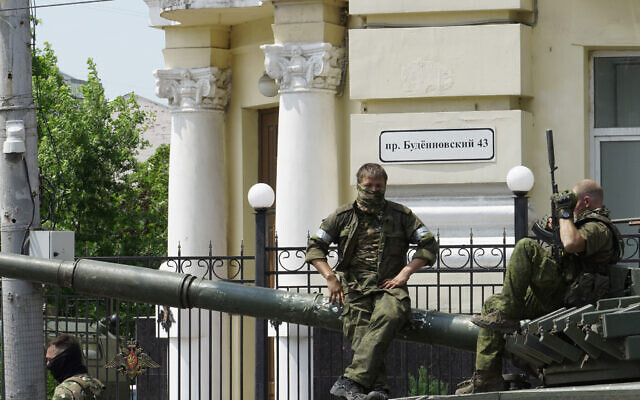Housing minister extends urban renewal program, despite no boost to quake readiness
TAMA 38 scheme to reinforce older buildings to withstand earthquakes in towns along Syrian-African rift has been exploited in central Israel, where projects are more lucrative

Israeli construction regulations that allow developers to upgrade and expand existing apartment buildings have received yet another extension, even as they continue to fail their main purpose. Threatened with extinction on regular occasions, Housing Minister Yitzhak Goldknopf has announced that TAMA 38 (National Outline Plan) proposals can continue to be submitted until May 2024.
The ministry will weigh successive programs to replace the TAMA 38 framework, first introduced in 2005 and originally intended to incentivize the private sector to upgrade buildings constructed before 1980 in order to ensure that they were earthquake-proof. In return for reinforcement, and upgrading existing apartments, developers received tax breaks and additional building rights to add new apartments to existing buildings, which could then be sold to ensure that projects were commercially viable.
The framework was originally intended to help strengthen existing structures through earthquake-proofing and the addition of reinforced security rooms in towns and cities along the Syrian-African rift such as Kiryat Shmona, Tiberias, and Beit She’an.
TAMA 38 has been wildly popular in Tel Aviv, Jerusalem, and cities in central Israel, areas that are not at high risk from seismic activity but where property prices are higher. They are also denser, with limited space for new building projects, driving up the prices further and making TAMA 38 projects extremely profitable. They have done relatively little to address earthquake vulnerability in older neighborhoods outside the central region.
At a meeting of the Knesset’s Interior Committee earlier this month, the housing minister extended the deadline for submission of the municipal plans intended to replace TMA 38, by another year, until May 2024. This will allow cities looking to carry on with renewal projects for individual apartment buildings to do so, rather than forcing them to adopt only demolition and re-building plans.
TAMA 38 plans typically take several years to deliver, since an agreement is needed from a majority of existing apartment owners, and the approval process can be complex. They are typically driven forward by individual developers.
Urban renewal plans developed by local municipalities may combine upgrades to individual buildings with more extensive demolition and rebuild programs and the process may be more fast-paced.
There is continuous pressure for additional homes to support Israel’s growing population, and in the absence of alternatives, the TAMA 38 program remains a useful additional tool. However since each project offers only a few new apartments, TAMA 38 will in reality do little to address house-price shortages and inflation.
Goldknopf announced that the extension was designed to give “continuity and certainty regarding the continuation of urban renewal in the TAMA 38 format.” Any municipality hoping to move forward with TAMA 38 projects will have its proposals reviewed as long as they are filed before May 2024, after which the ministry hopes to begin weighing urban renewal proposals from individual local authorities.
The Housing Ministry also committed a further NIS 120 million ($33 million) to urban renewal projects in peripheral cities — including those such as Tiberias and Beit She’an.
The funds represent a tacit acceptance of the limits of TAMA 38 implementation in delivering earthquake readiness where it is most needed.
State Comptroller Matanyahu Englman, speaking in the wake of the massive Turkey-Syria earthquake in February, said that there was an urgent need for government to act on the country’s readiness for earthquakes.
A report by his office last year found 600,000 buildings in Israel that failed to meet the requisite standards. The government has promised to assemble a fund of around NIS 50 billion ($14 billion) to address the threat, with a wide range of public buildings also at risk.
The comptroller said his office would soon publish a report on the preparedness of local authorities for earthquakes and on the readiness of their emergency services for their aftermath. The review, conducted over the past year, has focused on five local authorities that lie along the Great Rift Valley — Beit She’an, Tiberias, Safed, Kiryat Shmona, and Hatzor HaGlilit — which are considered to be at the greatest risk.
Englman noted that previous reports on those areas and others in the periphery have found that the state’s TAMA 38 plan that aims to strengthen at-risk buildings has not been sufficiently implemented and that other action is required instead.
The report also examined various government ministries and other bodies, with an emphasis on the Interior Ministry, the national mapping center, and the inter-ministerial steering committee for preparing for earthquakes.
In February, a Knesset committee meeting convened without agreement on a new framework to replace TAMA 38 and strengthen hundreds of thousands of buildings believed to be vulnerable to future tremors.









